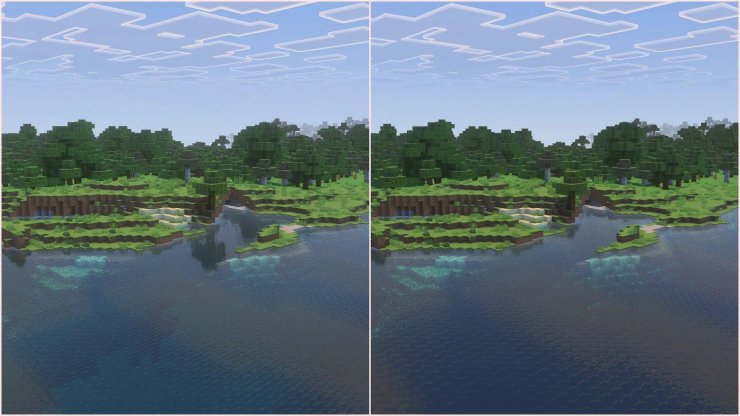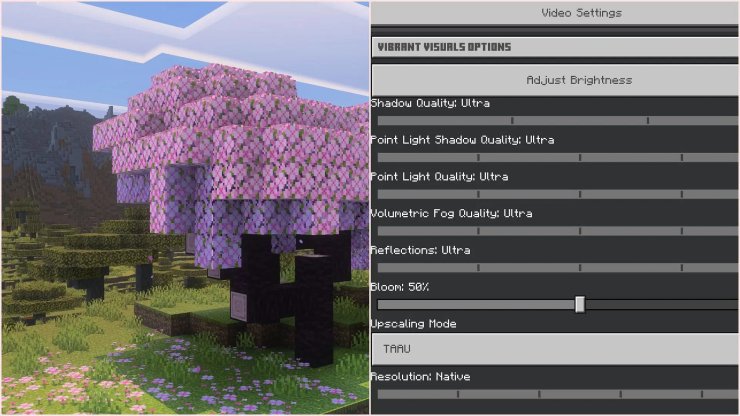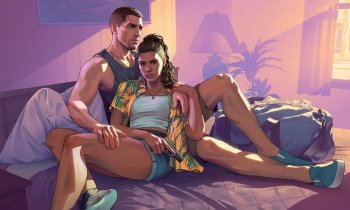Mojang just dropped the Vibrant Visuals graphics upgrade for Minecraft Bedrock beta and preview version 1.21.80.25. Right now, it’s only on Android, iOS, and Windows, but it’ll hit other Bedrock platforms soon. Down the road, it’s also coming to Java Edition.
This upgrade gives Minecraft a serious visual glow-up without messing with how the game actually plays. It comes with a bunch of settings you can tweak in the video options to make things look just right.
Since a lot of people are going to be trying out Vibrant Visuals on their devices, this article breaks down two setups: one for maxed-out visuals and another for keeping things running smooth on weaker hardware.

Vibrant Visuals best settings

To get the best-looking game, start by turning on Vibrant Visuals in a world—there’s a toggle for it in the experiments tab under world settings. Then, jump into the video settings, find the Vibrant Visuals menu, and adjust these:
- Brightness: 100%
- Point Light Quality: Ultra
- Volumetric Fog: Ultra
- Bloom: 100%
- Upscaling Mode: TAAU
- Resolution: Native
- Deferred Render Distance: Max
If you’re all about top-tier visuals, just push everything to the limit. Bloom’s still a bit rough around the edges in Vibrant Visuals, so pick whatever level you like—though maxing it out makes torches and lights pop way more.
TAAU for upscaling uses more power but keeps the picture sharp. Stick with native resolution to match your monitor, and if your device can take it, crank the deferred render distance all the way up too.
Vibrant Visuals settings for low-end

For weaker devices, you’ll need to dial things back a bit. Here’s a starting point to get Vibrant Visuals working on pretty much anything:
- Brightness: 50-70%
- Point Light Quality: Medium
- Volumetric Fog: Low
- Bloom: 0-25%
- Upscaling Mode: Bilinear
- Resolution: 50-75%
- Deferred Render Distance: Minimum
Start with everything low on your low-end setup, then bump up each setting one at a time to see what your device can handle. Bilinear upscaling is easier on the system than TAAU, so it’s a good pick here. Drop the resolution to 50-75% of native and tweak it until it looks decent without getting too blocky.
Keep the deferred render distance at the minimum—it’s a big help for performance.










Comments